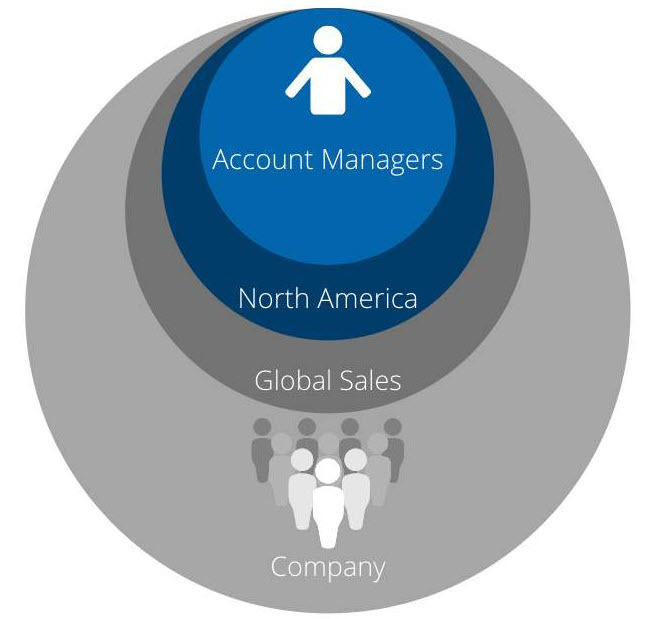Morning,
Has anyone pulled off hiding menu items effectively via CSS?
The use case is that I want my users to be able to walk a navigation experience inside of the system (I know that is such an old fashioned idea, but when it is done well? It can do wonders for granularity).
And so I know that by adding pages into menus drive the visibilty of pages for users.
BUT I dont want all of those pages showing up in the left hand menu. If I pull them? I land up getting 403 permission errors and my navigation experience breaks.
I dont mind if Powerusers have the ability to see them.
And Superadmins? Well they are very few of them - I dont mind them seeing that noise either but (tend to) have access to everything.
I hope this makes sense.










